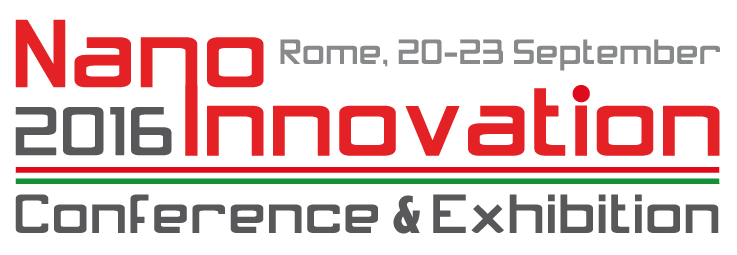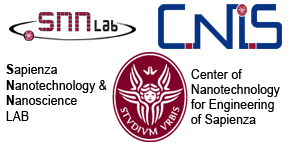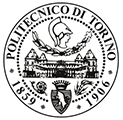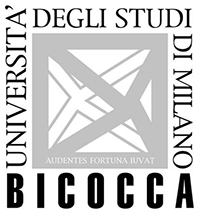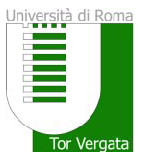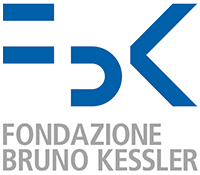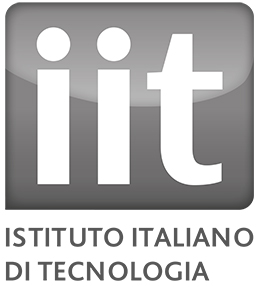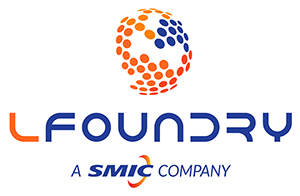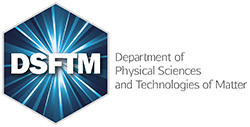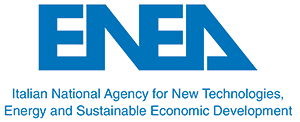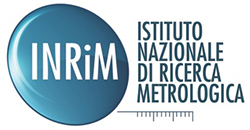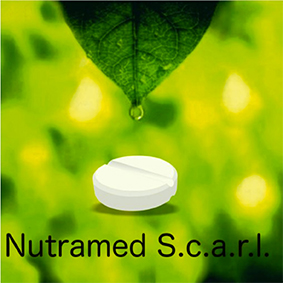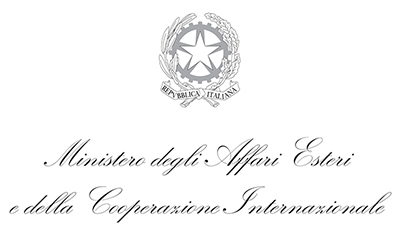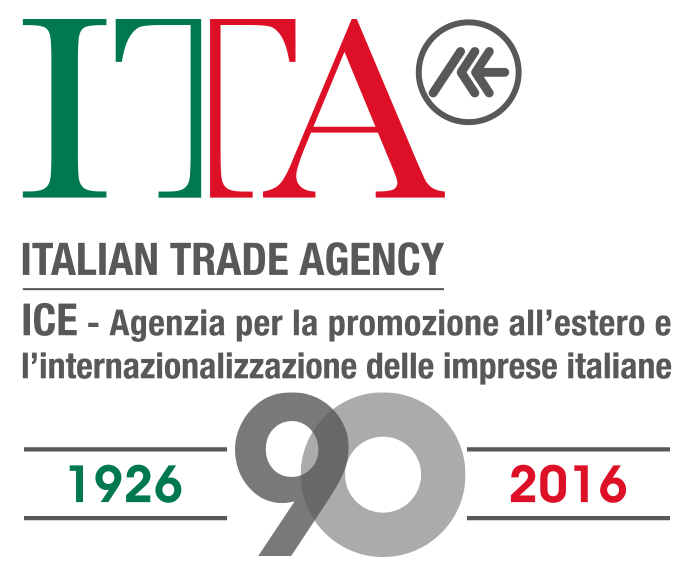TS.II.D.2
Safer by molecular design approach applied to CuO case study
Anna COSTA, CNR-ISTEC, Faenza
The understanding of the mechanisms of nanomaterial (NM) interaction with living systems and the environment is a fundamental key to assess the toxic aspects [A. Nel, et al. Science 311 (2006) 622–627]. The establishment of relationships between engineered nano particles (ENPs) physicochemical properties and principal factors determining an (eco) tox positive response passes through the colloidal characterization of nanomaterials in water and in (eco) tox relevant media, in order to better define their biological identity. The discovery of colloidal properties that drive directly the biological activity, improve the knowledge of nano-bio interaction mechanism with the concrete possibility to act on molecular design and drive any adverse biological effect (safer by design approach).
CuO commercial nanopowder (PlasmaChem GmbH) used as active component in the formulation of antimicrobial (preserving) wood coating, has been selected as case study. Colloidal properties as a function of double layer surface chemistry were assessed in order to provide necessary information for the control of biological reactivity in a Safety by molecular Design approach (SbyD). The following trends were observed:
The effect that self-assembled monolayers of amphiphilic molecules (modifying agents) had on colloidal properties was assessed. Modifying agents differing for their charge were used: positive charged polyethylenimine (PEI), negatively charged citrate (CIT) and ascorbate (ASC) and neutral polyvinylpyrrolidone (PVP). An attempt to follow the evolution of pristine and modified NP properties at increasing medium complexity (from distilled water to biological fluids) and understand how they are affected by the surrounding matrix components (pH, ionic species, biomolecules) was carried out.
Every experiment has been followed by characterization of the gained colloidal stability, expressed by zeta potential determination, mean particle size and fraction of copper dissolved, in water, buffer phosphate and biological relevant media.
Results showed that a relatively simple study based on colloidal stability and ion release is fundamental at the aim to correlate materials properties with principal factors determining a toxicological positive response and so to predict the behavior of NPs in real biological environment.
The research leading to this commentary has received funding through the project “SUN” (NMP4-LA-2013-604305)
Back to TS.II.D
